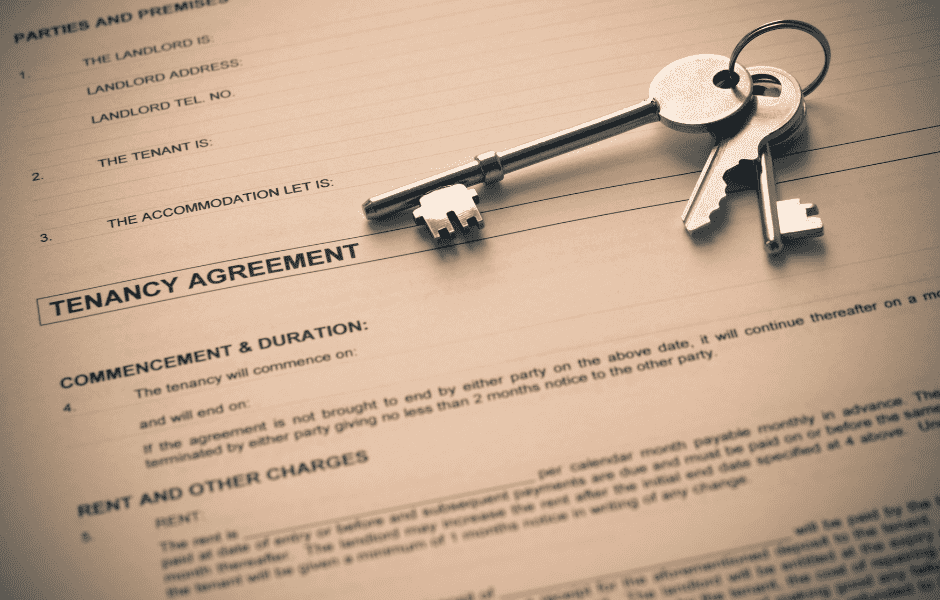In Scotland, Private Residential Tenancy (PRT) agreements replaced assured and short-assured tenancies from December 2017. These agreements outline various obligations between tenants and landlords, including optional clauses added by the landlord. This informational guide will help you understand what a PRT is and when you should expect to receive a copy and its contents.
Defining Private Residential Tenancy (PRT)
A PRT is a contractual agreement between a tenant and a landlord for residing in a rented property. Its purpose is to protect both the tenant and the landlord while clearly defining the rental terms.
A significant difference between PRTs and their predecessors is that PRTs are open-ended, offering tenants increased protection and stability without the fear of sudden eviction.
In Scotland. a tenancy is considered a Private Residential Tenancy from 1st December 2017 if:
- it pertains to a separate dwelling (including shared houses with communal kitchens and bathrooms);
- it serves as a primary residence;
- the tenancy isn’t excluded under schedule 1 of the Private Housing (Tenancies) Scotland Act 2016.
Is a written PRT agreement necessary?
Yes, landlords must provide a written PRT that includes all terms of the tenancy. Any verbal agreements must also be incorporated into the written document.
Supporting documents
To help tenants better comprehend their tenancy agreement, the Scottish Government has produced supporting documents. Landlords are required to provide a copy of one of these documents along with the PRT agreement.
When should the PRT be in writing?
Tenants must receive a written PRT and one supporting document before the end of the day when the tenancy commences. If an existing agreement is being converted to a PRT, the landlord must provide a written copy and a supporting document within 28 days of the change.
If any terms in an existing PRT are altered, the landlord must provide a written document explaining the updates within 28 days.
What terms must the PRT include?
A PRT agreement must legally contain a set of core rights and obligations called ‘mandatory clauses’, followed by any optional terms added by the landlord, known as ‘discretionary clauses’. Together, these clauses detail the terms of the tenancy.
Mandatory clauses cover details about the property such as tenancy start date, occupation and usage of the property, rent and rent increases, deposits, subletting, notification of additional residents, insurance, absences, reasonable care, The Repairing Standard and landlord’s responsibilities, legionella, access for repairs and inspections, respect for others, equality requirements, data protection and ending the tenancy agreement.
Discretionary clauses are optional terms the landlord can add to the agreement. Common examples include smoking, pets, alterations, garden and shared area maintenance.
What to do if something doesn’t feel right with your agreement?
If you believe your tenancy agreement contains unfair or illegal terms, you have the right to complain. You can also contact us for further advice.












